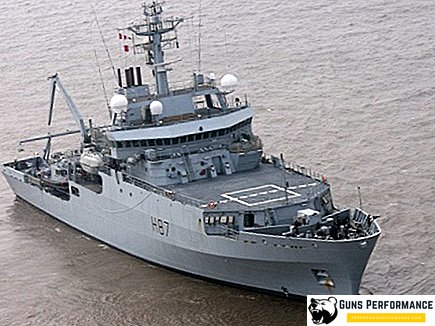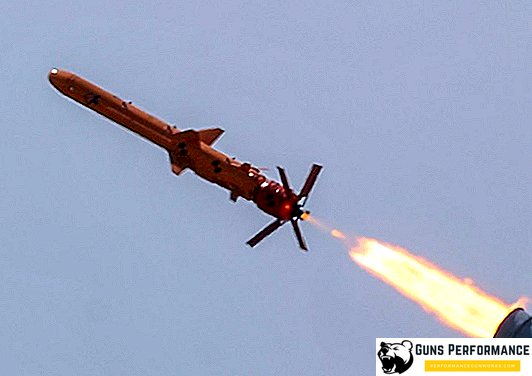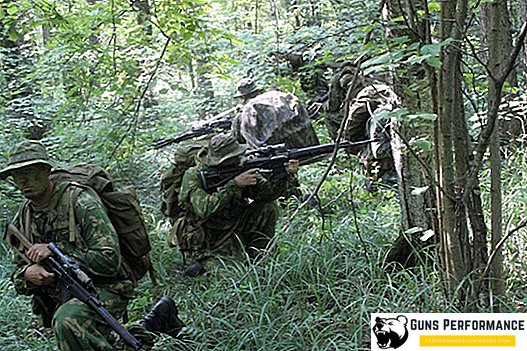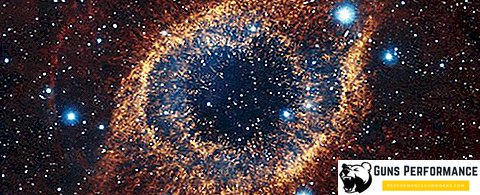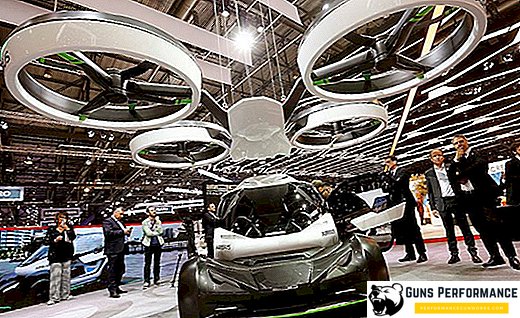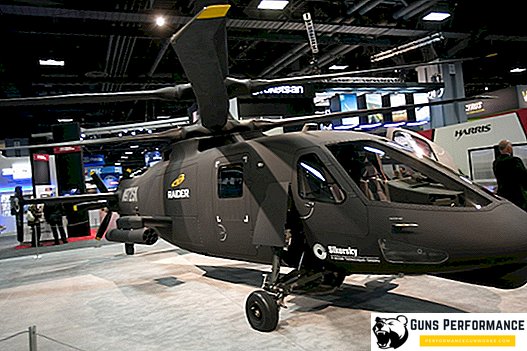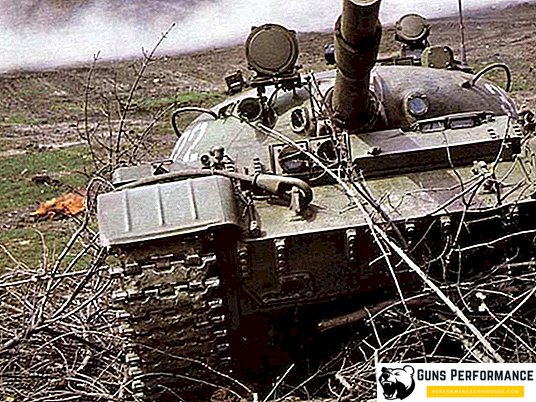
The T-62 is a Soviet tank developed in the early 1960s based on the T-55 tank. The creation of this combat vehicle was an important milestone in the history of the national tank building - the T-62 was the world's first production tank with a 115 mm caliber bore gun. Its release lasted until the mid-70s, about 20 thousand units were manufactured in total. Currently, the T-62 continues to be used in several dozen armies in the world.
The medium tank T-62 was officially decommissioned by the Russian army only in 2013, and in the same year the heart of Leonid Nikolaevich Kartsev, an outstanding Soviet designer and creator of this remarkable combat vehicle, stopped beating.
The T-62 was involved in many conflicts: in the Middle East, in Afghanistan, in Africa and in the Caucasus, and everywhere this war machine enjoyed the love of crews and the respect of the enemy.

History of creation
At the end of the 50s, the main combat vehicles of the Soviet army were the T-54 and T-55 tanks, armed with a D-10T rifled 100 mm cannon, which was developed back in 1944. The problem was that this gun could no longer fight the newest models of American and British armored vehicles. The gun was modernized several times (D-10TG and D-10T2S), but the improvements were primarily aimed at solving the problem of stabilizing the gun. Its ballistic characteristics remained unchanged.
There were no less questions about the ammunition used by the D-10T: armor-piercing shells had an insufficient initial speed and could not hit a potential enemy's modern armored vehicles. Western cars in this period were already armed with sabot and cumulative projectiles capable of hitting Soviet tanks at normal combat distances.
Back in 1958, a new 100-mm rifled D-54 gun with an increased projectile speed was developed, and later a stabilizer in two planes was developed for it. At plant number 183 in Nizhny Tagil (UVZ), an experimental tank was created with this instrument ("object 140"). However, the D-54 gun was developed for another combat vehicle - the “object 430”, the future T-64 tank, which at that time was being built in Kharkov. Therefore, work on the "object 140" were terminated.
However, the D-54 gun was never put into service. Firstly, its armor penetration was still insufficient to combat the latest enemy armored vehicles, and secondly, the unsuccessful design of the muzzle brake unmasked the tank when firing.

In 1959, rifles and the muzzle brake were removed from the D-54 gun. This is how the smooth-bore U-5TS “Hammer” gun appeared - it is this tool that will be mounted on the T-62 tank.
During this period, UVZ was working on an experimental tank "Object 165", which was a real chimera: its body and tower were from "Object 140", the undercarriage and power compartment from the T-55 tank, and the fighting compartment from "Object 150 " When the U5TS "Hammer" was installed on the new tank, it received the name "Object 166". One more "highlight" of the new machine was the solid-cast tower, which significantly increased its protective characteristics.
Despite the fact that the tank was almost ready, the military were in no hurry to take it into service. The whole thing was in the T-64 tank, the development of which continued in Kharkov, and huge resources had already been spent on it.
It is difficult to say how the situation would develop in the future, but the commander of the land forces, the hero of the Battle of Stalingrad, Marshal V.I. Chuikov intervened in it. During this period, the new powerful 105-mm cannon were installed on the English tank "Centurion", the American tank M60, with similar weapons planned to equip developed in Germany, "Leopard" and AMX-30 in France. These weapons significantly surpassed all that was in service with the Soviet army.
Chuikov summoned the commander of the tank forces and the leaders of the GBTU, and directly asked them: what can the Soviet army be able to oppose to the American M60. Then followed a long tirade, mostly consisting of profanity.
This "meeting" and decided the fate of the tank. Already in 1961, an installation batch of 25 T-62s was manufactured at the UVZ. And from the middle of next year, the factory began mass production of this machine, which lasted until 1973. For the first time a new combat vehicle was demonstrated to the public on November 7, 1967 at a parade in Moscow.

Tank modifications
Over the years of production and operation of the machine has been repeatedly upgraded and refined. There are about two dozen modifications of the machine, below are some of them:
- T-62. Basic modification
- T-62A. Machine, armed with a 100-mm cannon D-54TS
- T-62K. Command vehicle, equipped with an additional radio and navigation equipment
- Object 166ML. Fighting vehicle, additionally armed with ATGM "Baby"
- T-62P. Tank with a high level of radiation protection
- T-62D. Modification of the tank with a complex of active protection (KAZ) "Drozd". In addition, this car had additional reservations, anti-cumulative screens and a system of protection against napalm.
- T-62M. This tank is the result of a deep modernization of the machine, which was carried out in 1983-1985. The T-62M tank was equipped with an additional body and bottom armor protection, anti-neuron protection (special podboy), anti-cumulative screens, Sheksna guided weapons system. It was installed on the new LMS "Wave" and the system of setting smoke masking. The tank received a more powerful diesel engine V-55U, its chassis was modernized.
- TO-62. The flamethrower tank based on the T-62. The flamethrower was installed in place of the coaxial machine gun
- T-62AM. Machine, armed with a 125-mm cannon

This is not all modifications of the machine. In addition, various improvements in the design of the tank were made in other countries where this machine was operated.
Tank unit
Tank T-62 is made according to the classical tank scheme, with the location of the control compartment in front of the vehicle, the fighting compartment in the middle, and the engine-transmission compartment in the aft. The crew of the T-62 consists of four people: driver, gunner, commander and loader.

The hull of the T-62 tank is a welded structure made of armored rolled sheets with different thickness of armor in different areas. Frontal armor plate has a thickness of 100 mm and a slope of 60 ° to the vertical. Tower tank cast, rounded. Armor T-62 provides protection against enemy shells.
In addition, the tank is equipped with anti-nuclear protection, which protected the crew from the impact of a shock wave of a nuclear explosion, penetrating radiation and radioactive dust.
On the left in the bow of the tank is the place of the driver, the place of the commander, loader and gunner located in the tower. It also installed the main armament of the T-62 - a 115-mm smooth-bore U5-TC gun, and a 7.62-mm PKT machine gun was paired with it (after 1964 - SGMT). Shots for a gun are unitary, there are three types of feathered projectiles: high-explosive fragmentation, cumulative and sub-caliber. The gun is equipped with a two-plane stabilizer "Meteor", which allows the tank to fire in motion.
Ammunition of the combat vehicle - 40 shots. Because of their large size, only two shots are located in the tower. For the same reason, the used cartridges are not returned to the combat packs, but are removed outside through a special hatch in the tower. For the extraction of liners used a special mechanism.
To monitor the environment, the commander uses the TKN-2 binocular telescopic device (later TKN-3), which allowed observing not only during the day but also at night. A telescopic monocular TS-2B-41 sight is used to target the gun, and an TPN-1-41-11 infrared periscope sight is used for shooting at night. In addition, the driver, gunner and commander are also provided with prismatic or telescopic observation devices.
T-62 is equipped with a V-shaped diesel engine B-55B with twelve cylinders and a capacity of 580 liters. with. In the early 60s, its service life was 350 hours.
The running system of the tank almost completely repeats the chassis of the T-54 and T-55. It consists of five dual road wheels on each side, drive wheels and sloth. Support rollers are missing. Individual suspension, torsion bar.

Combat use
T-62 appeared in the midst of the Cold War, so this machine managed to participate in almost all local conflicts of this period.
The tank began its battle path in 1969 in the Far East during the Soviet-Chinese conflict around Damansky Island. Nine of the newest and absolutely secret Soviet tanks hit the war zone by accident, they were fired by Chinese grenade launchers, one of the vehicles was hit and captured by the enemy. The tank could not be destroyed, it was only sunk (launched under the ice of the river), and later the Chinese raised the car.
Tank T-62 was an active participant in almost all the Arab-Israeli conflicts of the 60s and 70s. These machines in large quantities were in service with the armies of Syria and Egypt, their use went with varying success.
The T-62 was actively used by the army of Iraq in the Iran-Iraq war, in this conflict their main opponents were the American M60 tanks and the British "Chiefs".
Tank T-62 was used by the Soviet army in Afghanistan. In general, the car has proven itself well, but soon after the start of this war, some changes were made to the design of the tank. Most of the losses of the T-62 in Afghanistan are related to its illiterate technical exploitation.
I managed to war T-62 in Africa. This machine was armed with the Cuban expeditionary force, sent in 1977 to Ethiopia. Soviet combat vehicles in this conflict showed their best.
T-62 tanks were also used in most armed conflicts that broke out on the territory of the former USSR after its collapse. Russian troops used these vehicles during the first and second Chechen campaigns, as well as during the 2008 war with Georgia. T-62 is used by the Ukrainian army in the combat zone in the Donbas.




